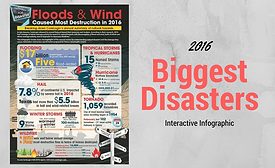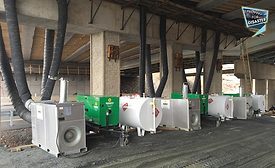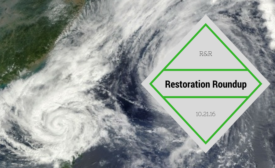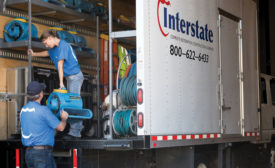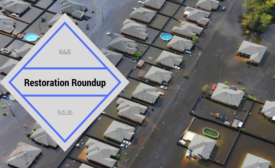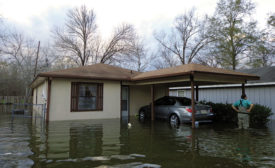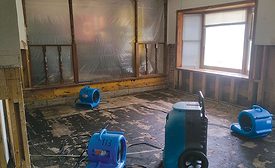Home » hurricane damage restoration
Articles Tagged with ''hurricane damage restoration''
Breaking down CoreLogic’s annual summary of natural hazards.
Read More
R&R Q&A: Lessons from Hurricane Matthew
Sometimes you chase, and sometimes the storm comes to you.
April 10, 2017
Special Section: Prepping for Disaster
Flood Losses: Top 10 Things Restorers Must Know when Handling FEMA Claims
Read MoreCase Study: Water Damage Restoration during Hurricane Joaquin
Restoring hope during a 1,000-year flood
Read More
Stay ahead of the curve with our eNewsletters.
Get the latest industry updates tailored your way.
JOIN TODAY!Copyright ©2025. All Rights Reserved BNP Media.
Design, CMS, Hosting & Web Development :: ePublishing
